
For 5,000 years it has been said that eating apples keeps you healthy. Is that still true?
There are thirty known species of apples around the world. Of those thirty species, the vast majority of the apples found in the United States and around the world are believed to have come from one single wild species called Malus sieversii, which is native to central Asia. Forests of these wild trees can be found in the Heavenly Mountains of southern Kazakhstan. As large camel caravans of travelers found their way through these forests, they enjoyed the large, sweet fruits, which must have been a delightful change from the smaller, sourer varieties they were used to, as most wild apples are very small and very sour. These caravans were part of the spice and silk trade routes that connected China, India and Europe. It did not take long before apple trees from this species began appearing along this route.

Northern Greece, in 328 BC, received cuttings and seeds from these trees on the orders of Alexander the Great, whose army, when passing through southern Kazakhstan during his campaign against the Persians had come upon this fruit. Once established in Greece, these trees were the source of much study and the Greeks began to attempt to perfect the fruit. It was learned that trees established from cuttings produced much sweeter fruit. Grafting, or cloning, then became the method upon how new trees would be established, not as much as by seeds.
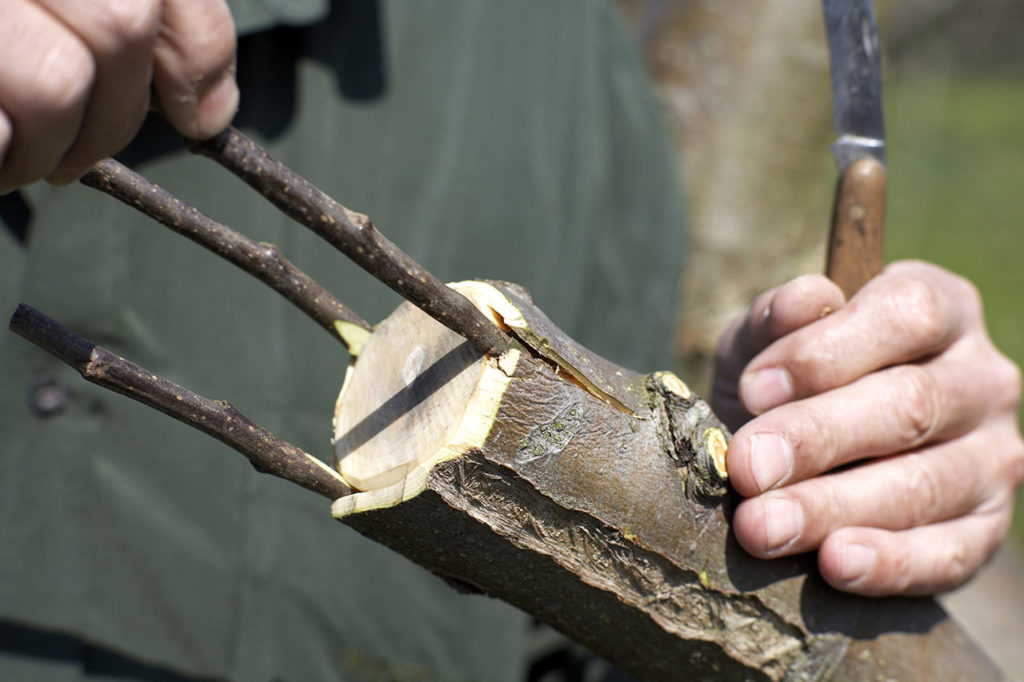
Apple trees are typically propagated by grafting because seeds do not produce true-to-type varieties. The top part of the graft is the variety of apple that will produce the fruit and is called the scion. The bottom part is called the rootstock and forms the roots. The choice in rootstock is determined by the special characteristics it offers. Some grafts are done to produce dwarf forms of apple trees; other times it is to take advantage of creating disease-resistant trees (www.gardenguides.com). This apple species next spread to Rome and then the entire Roman Empire and by 400 AD there were orchards from Egypt to England.
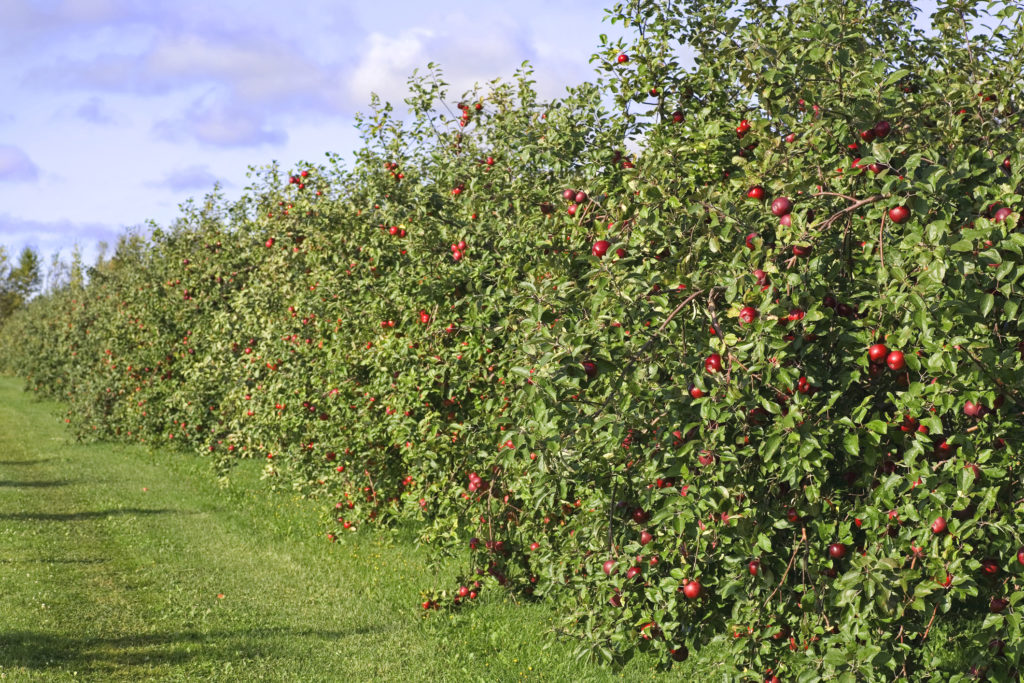
It was twelve hundred years later, when colonists would bring seeds and cuttings from their favorite English varieties to plant in North America. The first apple orchard in North America was established in 1625 by Bostonian Reverend William Blaxton. Soon after, American clones were being created. Thomas Jefferson used one of these apples, the Newtown Pippin, as a cash crop. By 1910, more than fifteen thousand named varieties of apples were growing in the United States orchards. This number over the years began to get much smaller as growers from large orchards found it more efficient to grow a small number of varieties. Today there are about five hundred varieties growing in the US. Fewer than fifty of these varieties are being produced in any quantity. Nine out of every ten apples we eat come from a mere dozen varieties: Red Delicious, Golden Delicious, Fuji, Gala, Braeburn, Granny Smith, Jonagold, Idared, Gravenstein, McIntosh, Cortland, and Honeycrisp.
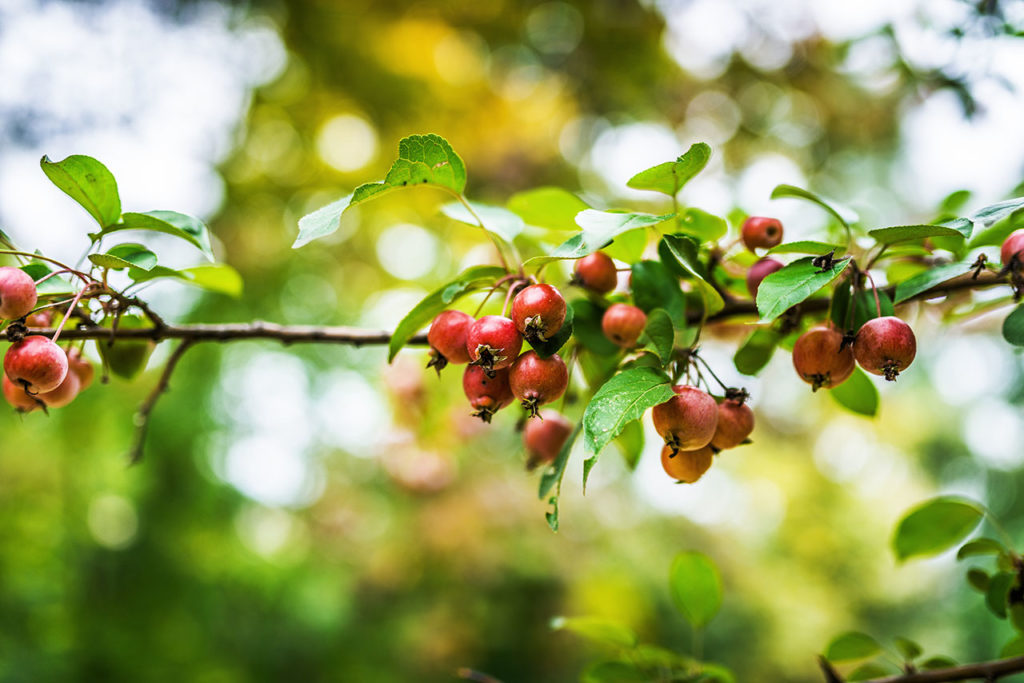
The original known species, Malus sieversii, even though big and beautiful, was one of the least nutritious. But back then, nutrition was not a concern. It was cloned for its sweetness and overall size and taste. Along those same lines, the Golden Delicious variety, also low-nutrient, is the most popular apple in the United States, and also is now the top-selling apple in the world.
Jo Robinson in her book, “Eating on the Wild Side”, reports that in a 2003 survey by the United States Department of Agriculture (USDA), fruit researchers measured the phytonutrient contents of wild and domesticated apple trees. Lab tests showed wild apples to be much more nutritious than the cultivated varieties. The most nutritious apple tested was the Sikkim apple (Malus sikkimensis), native to Nepal. This fruit had 100 times more phytonutrients than today’s favorite apple varieties.
A phytonutrient is a bioactive (having an effect on a living organism) plant-derived compound (as resveratrol or sulforaphane) associated with positive health effects, such as protection against cancers and other diseases.
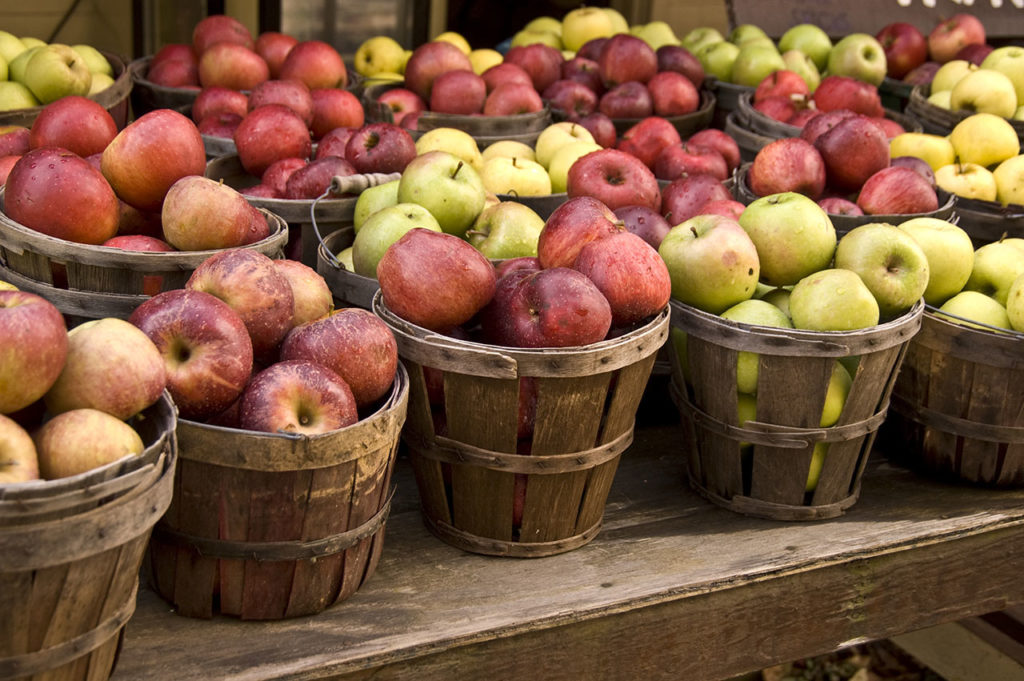
Why are our apples today less loaded with these important compounds? The cultivation of apples over such a long period of time is the culprit. Remember the saying “Don’t Mess with Mother Nature”. Well there you have it.
Food Activists, pioneering apple enthusiasts and USDA food scientists believe we can turn this around and bring back the more nutritious apple. At this time a group of specialists from the Agricultural Research Service of the USDA are gathering buds and cuttings from all the known species of wild apples. Even though their goal is to produce a more disease resistant variety, (still messing with Mother Nature), they are for the first time, also gathering information about their nutritional values. They have even traveled to Kazakhstan to test todays Malus sieversii.
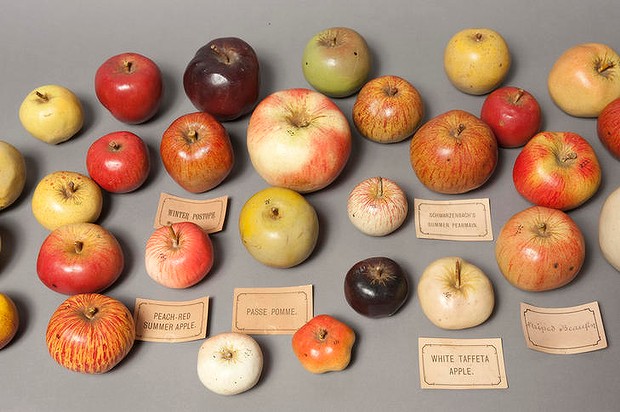
There are other parts of the world also working to improve the nutritional value of our apples. Heritage Orchards are making a comeback and the desire for people to eat local has helped spur their interest. In New Zealand, as recent as the year 2000, a wild apple was found and tested to have more flavonoids, (Flavonoids are antioxidants with health benefits such as anti-inflammatory and antitumor effects) than any other known variety of apple and the second highest amount of proanthocyanidins (potent antioxidants that eliminate harmful free radicals and have the ability to make other antioxidants more powerful) than any other known variety of apple.
So keeping in mind that as we strive to bring back some of the nutrients lost over time, there are still some great healthful benefits to eating apples. First let’s look at them from an Eastern viewpoint.
According to John Douillard, a well-known Ayurvedist, there are also two potent ingredients in apples: malic acid and pectin. Malic acid not only thins bile; it actually helps dilate the bile ducts and the livers biliary tubes, which are used to detox the body. Apple pectin is a great detoxifier of the intestinal villi and the gut wall. He suggests eating an apple (remember we know that the sourer the apple, more nutrients it has, and the more malic acid, so the greener the better), at the end of meals to “flush” the system. Another suggestion he gives is to reach for an apple if you feel your blood sugar crashing. If you have unstable blood sugar, a tart green apple is better than a sweet red or yellow variety. (Colorado Cleanse, John Douillard).
If we look at an apple from a western nutrition angle, a medium apple with peel provides 118 grams (g) of Water, 72 Calories, 19g Carbohydrates, 3g Fiber, 0g Fat, 0.17mg Iron, 7mg Magnesium, 148mg Potassium, 1mg Sodium, 0.06mg Zinc, 4 micrograms (μg) Vit A, 0.02mg Thiamin, 0.04mg Riboflavin, 0.03mg Niacin, 0.06mg Vit B6, 4μg Folate, and 6mg Vit C. So in other words an apple is a low calorie, non-fat, convenient snack, that tastes really, really good.
So does an apple a day still keep the doctor away? I don’t really know after reading all the research, but I do know, I eat a lot of apples and I am never sick and my friends tell me that they see the same trend among their family members. So you be the judge. Now all that made me hungry, I think I will go eat an apple.
